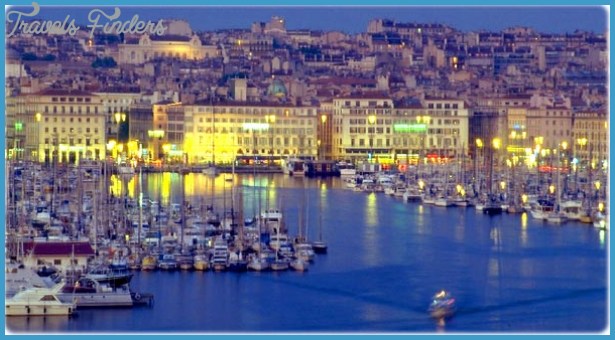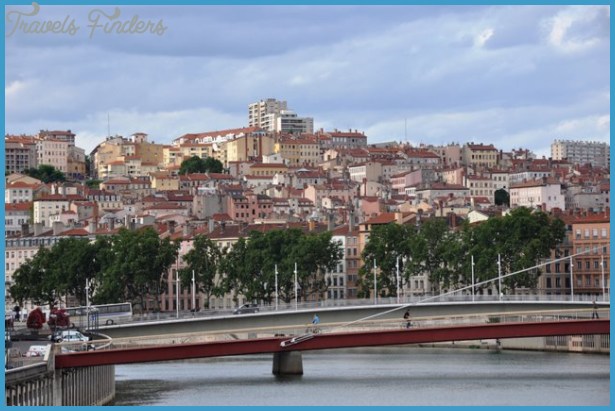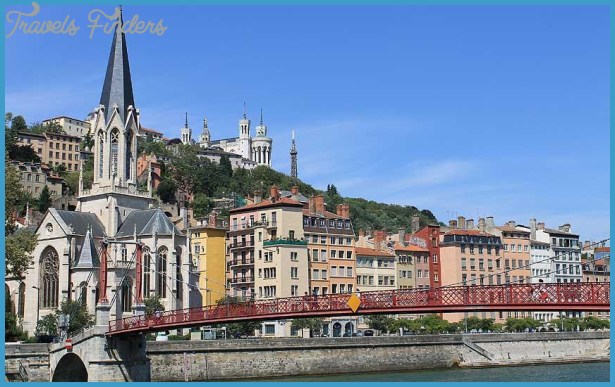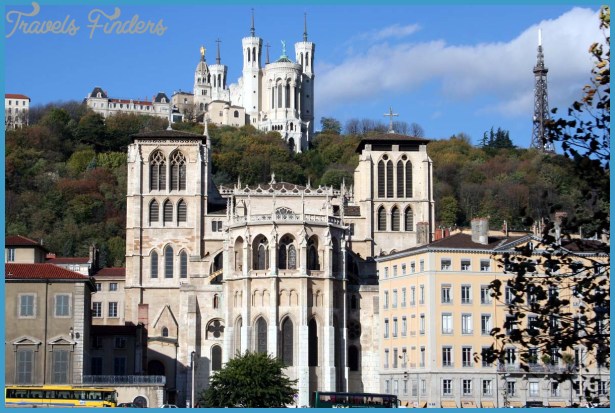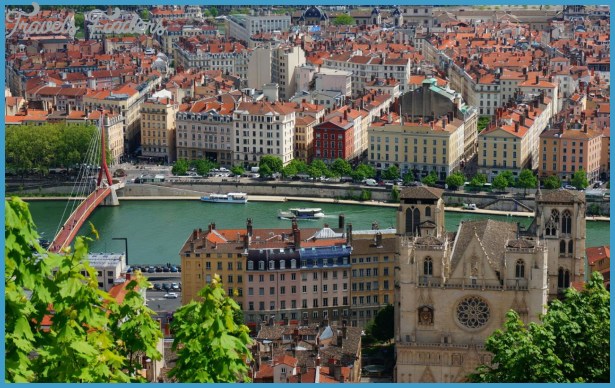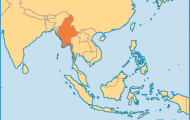Lyon Travel Destinations
LA PRESQU’iLE AND LES TERREAUX
Monumental squares, statues, and fountains are the trademarks of Presqu’ile, the lively area between the Rhone and the Saone. At its heart is place Bellecour, from which pedestrian rue Victor Hugo unfurls quietly south, lined with boutiques and bladers. To the north, crowded rue de la Republique, or “la Re,” is the urban aorta of Lyon. It runs through place de la Republique and ends at place Louis Pradel in the ler, at the tip of the Terreaux district. Once a marshy wasteland, the area was filled with soil, creating dry terraces (terreaux) and establishing the neighborhood as the place-to-be for chic locals.
MUSEE DES BEAUX-ARTS. This unassuming but excellent museum includes a comprehensive archeological wing, a distinguished collection of French, Dutch, and Spanish paintings, works by Picasso, a section devoted to the Italian Renaissance, and a lovely sculpture garden. Surrounded by all-star pre-, post-, and just-plain-Impressionist collections, even the museum’s esoteric local works are delightful. A few nice surprises await explorers of the museum, including a Rodin bust of Victor Hugo at the end of his life (1883) and a huge French coin collection. (20 pl. des Terreaux. Open Su-M, W-Th and Sa 10am-6pm, F 10:30am-8pm. Sculptures closed noon-lpm; paintings dosed l-2pm. 3.80, under-26 2. Students with ID free.)
LA CROIX-ROUSSE AND THE SILK INDUSTRY
Lyon is proud of its historical dominance of European silk manufacturing. The 1801 invention of the power loom by Lyonnais Joseph Jacquard intensified the sweatshop conditions endured by the silk workers. Unrest came to a head in an 1834 riot, in which hundreds were killed. Mass silk manufacturing is based elsewhere today; Lyon’s few remaining silk workers perform delicate handiwork, reconstructing and replicating rare patterns for museum and chateau displays.
MUSEE HISTORIQUE DES TISSUS. The exhibits about the history of silk trade may be interesting, but everyone comes here for the clothes. In dark rooms, rows of costumes recall skirt-flouting, ruffle-collared, and bosom-baring characters of the past. The collection includes examples of 18th-century elite garb (such as Marie-Antoinette’s Versailles winter wardrobe), scraps of luxurious Byzantine textiles, and silk wall-hangings that look like stained-glass windows. Included with admission is the neighboring Musee des Arts Decoratifs, housed in an 18th-century hStel. (34 r. de la Charite, 2eme. Tissus open Su and Tu-Sa 10am-5:30pm. Arts Decoratifs open Su and Tu-Sa lOam-noon and 2-5:30pm. 4.60, students with ID 2.30.)
LA MAISON DES CANUTS. Some old silk looms in a tiny back room are all that remain of the weaving techniques of the canuts (silk weavers). The shop sells silk made by its own canuts. A scarf costs 30 and up, but silk enthusiasts can take home a silkworm cocoon for 7 or less, or a handkerchief for 7. (10-12 r. d’lvry, 4feme. Open M-F9am-noon and 2-6:30pm, Sa 9am-noon and 2-6pm. 4, students 2.30.)








